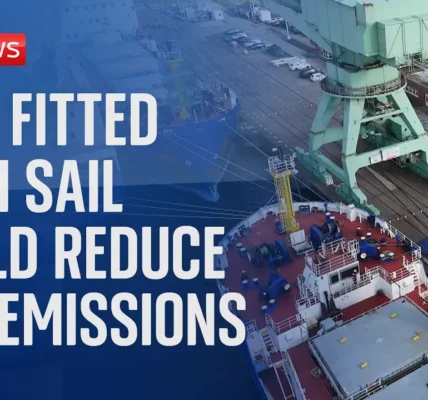Current Military Analysis in Ukraine: Insights from Michael Clark

This article delves into the evolving military dynamics in Ukraine, as presented by security and defense analyst Michael Clark. It explores the strategies employed by both Ukrainian and Russian forces, highlighting key developments and future implications for the ongoing conflict.
Introduction
As the military conflict in Ukraine continues to unfold, analysts are closely monitoring troop movements and strategic developments. Eight days into the latest phase of the conflict, significant patterns are beginning to emerge that shed light on the operational capabilities and strategies of both Ukrainian and Russian forces. This article aims to provide a comprehensive overview of the current situation, analyzing the implications of these military tactics and their potential impact on the broader conflict landscape.
Emerging Military Patterns
In the initial days of the conflict, it was challenging to identify clear patterns in military operations. However, as the situation has progressed, certain trends have become apparent. The size of the occupied area is substantial, yet Ukrainian forces are demonstrating their ability to operate outside of these boundaries.
Ukrainian Forces’ Tactical Maneuvers
Reports suggest that Ukrainian troops are engaging in combat in areas such as Tzuril, where they are reportedly clashing with Russian forces and Iranian-backed units. This indicates a dynamic and fluid battlefield where Ukrainian forces are adapting to the situation effectively.
- Ukrainians are rotating elite troops for optimal performance.
- Troop rotations last between 24 to 72 hours, allowing for rest and replenishment.
- This strategy highlights a well-organized command structure and sufficient troop levels.
Russian Forces’ Response
In contrast to the organized approach of the Ukrainians, Russian forces appear to be struggling with planning and resource allocation. They have been redeploying troops from other combat zones, indicating a lack of reserves and strategic foresight.
Challenges Faced by Russian Military
The Russian military’s reliance on internal security troops, such as Rosgvardiya, has proven to be problematic. These forces are not trained for frontline combat, leading to inefficiencies on the battlefield.
- Failure to maintain a two-to-one ratio of reserves for front-line units.
- Underestimation of the conflict’s scale leading to inadequate troop deployment.
- The deployment of conscripts without proper training exacerbates existing weaknesses.
Strategic Implications for Both Sides
The ongoing military engagements raise critical questions about the potential for future operations. If Ukrainian forces continue to gain ground, they may consider expanding their incursion, but this comes with inherent risks.
Ukrainian Ambitions and Risks
Ukrainian commanders are likely evaluating their troop strength and the feasibility of launching additional operations while maintaining sufficient forces in the Donbas region, where Russian units have been making incremental progress.
Pressure on Russian Leadership
As the conflict intensifies, Russian President Vladimir Putin faces mounting pressure to demonstrate decisive military leadership. Chief of General Staff Valery Gerasimov is under scrutiny, with speculation about his continued role in military strategy.
Conclusion
The situation in Ukraine remains fluid, with ongoing developments that could alter the course of the conflict. As Ukrainian forces adapt and demonstrate effective military strategies, Russian forces must reassess their approach to avoid further setbacks. The implications of these military dynamics are profound, affecting not only the immediate conflict but also the broader geopolitical landscape. For those interested in following these developments closely, we encourage you to stay informed through our related articles on military strategy and conflict analysis.
“`




